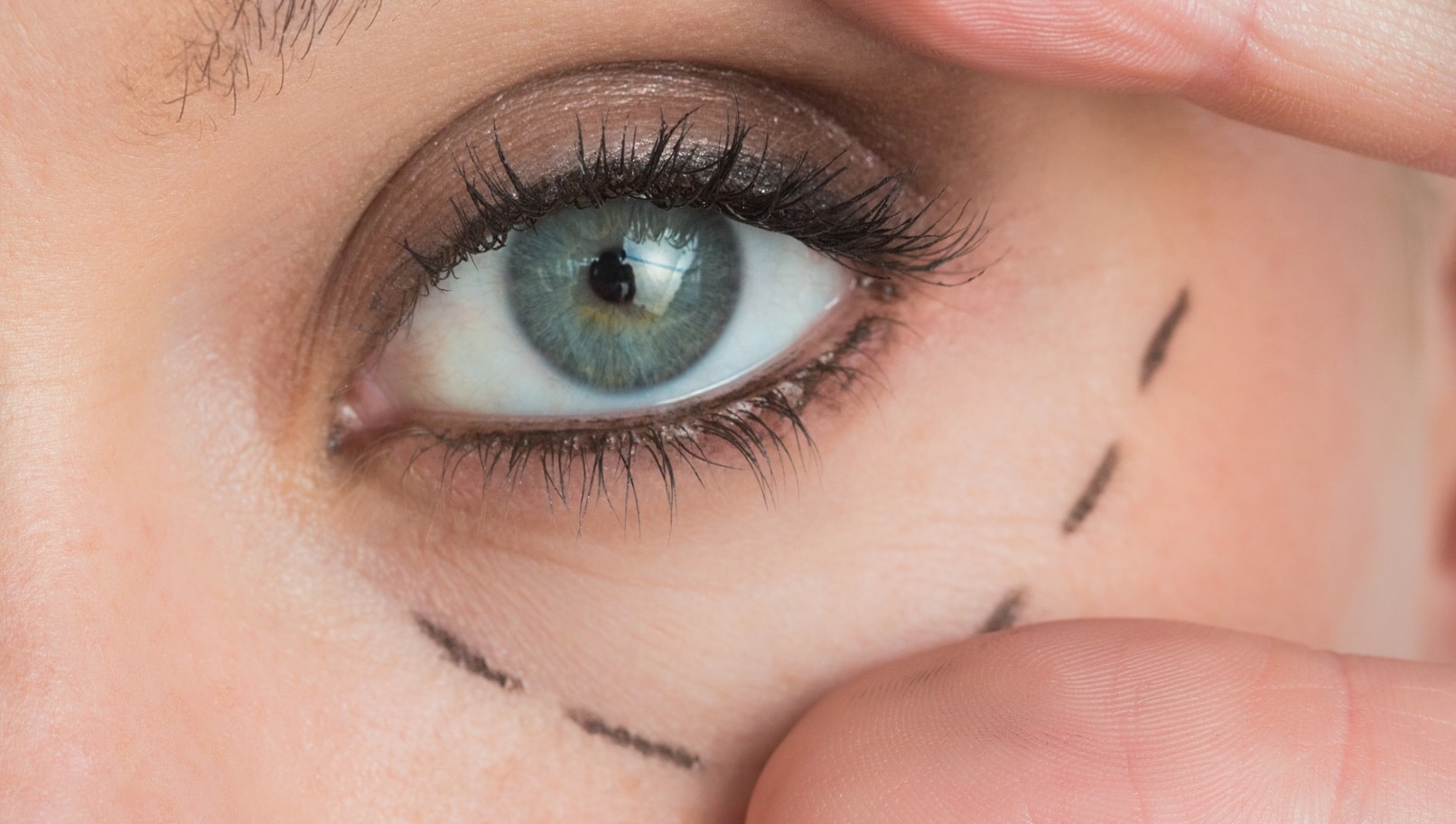

Canthoplasty is plastic surgery on the lateral canthus which is the outer corner of the eye where the upper and lower eyelids join together. The procedure involves cutting and sewing the lateral canthus to solve issues caused by drooping of the lower eyelid. The technical term for lower eyelid drooping is ectropion, or eyelid retraction, and there are several causes for this condition:
GOOD CANDIDATES for canthoplasty are:
Patients who have canthoplasty are usually older people. There are some younger patients who had eyelid surgery in the past, and developed some problems following the procedure, that are also good candidates for canthoplasty.
The following patients are NOT GOOD CANDIDATES for canthoplasty:
Canthoplasty is usually performed under a local anesthetic. The surgeon preps the area by marking where the incision will be made on the patient. Besides the anesthetic, a sedative is normally given as the person is awake during the surgery and the sedative helps the patient remain relaxed.
A plastic shield is often placed over the eyes in order to protect them. The surgeon makes an incision at the junction between the upper and lower eyelid. Then, the lower canthal tendon underneath the eyelid is cut and divided so the tendon can be tightened removing any excess skin. The tendon is then pulled into place so it will give enough support to the eyelid. It is then reattached through the use of sutures and the incision is closed. There should not be a visible scar since the incision is made in the crease of the eyelid.
One variation of canthoplasty surgery is full thickness horizontal resection. This is when the surgeon removes a large portion of the lower eyelid rather than simply tightening the tendon. The edges of the area where the lower eyelid is removed are then stitched together. Patients need to be careful when choosing this technique as it can cause the eye to retract in a downward motion if patients do not have good cheek bone or rim support.
Another alternative procedure is canthopexy which is a less invasive option. Canthopexy reinforces the lower lid and does not alter the lower eyelid position the way canthoplasty does.
Another less invasive option is placing the incision in the upper eyelid crease. The outer corner is not cut so it is a quicker healing process that also minimizes any chance of eye shape distortion.
As with most surgeries, the final cost of canthoplasty depends on a number of factors including fees charged by the surgeon and the facility as well as any anesthesia fees. In general, the surgery has a cost of $4000-$9500.
Patients can expect to have swelling and bruising for seven to ten days of the RECOVERY period. There is minimal pain for the first day and the vision is not altered because there is no patch on the eye. Patients cannot exercise, rub the lower eyes or apply makeup for seven days following the procedure. The healing process can continue for several weeks, or several months, but it does not restrict the patient from doing any activities past the first seven days.
If canthoplasty is performed properly, it is often considered permanent. There is rarely any need for a revision surgery.
However, the results of canthopexy do not last as long as canthoplasty because it is simply a reinforcement of the lower lid that does not provide permanent alterations.
LIMITATIONS of what can be accomplished by canthoplasty can result from the patient’s current anatomy including:
The RISKS involved with canthoplasty that patients should be aware include:
Before having the procedure, a patient needs to schedule a consultation with a board-certified cosmetic surgeon. There are some cases that can be solved with canthopexy and other cases that require the more involved canthoplasty surgery.
No matter which technique is decided on for the surgery, it should always be performed by an eyelid surgeon with a great amount of experience in dealing with a variety of patients. An experienced oculoplastic surgeon is the best choice to provide the outcome desired by the patient.
Written by Cosmetic Town Editorial Team - MA
Based on an exclusive interview with Mehryar Ray Taban, MD in Beverly Hills, CA